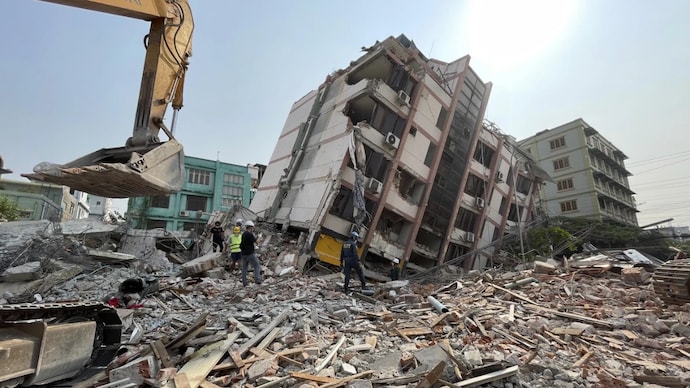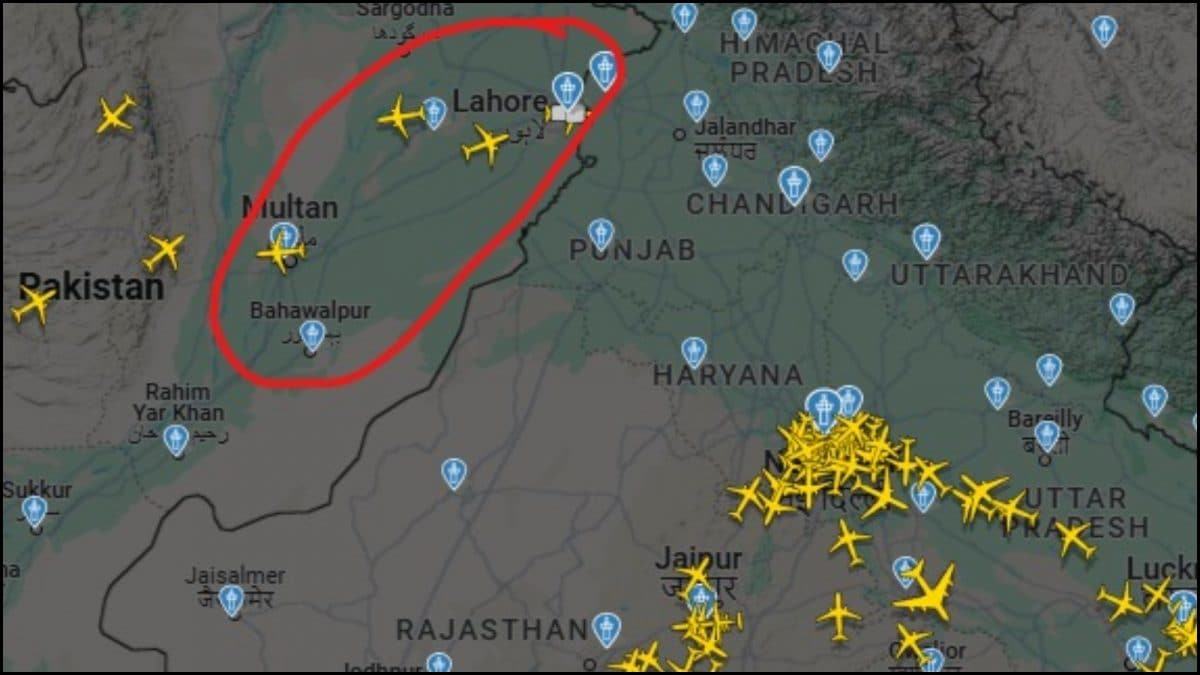A 7.7-magnitude earthquake in Myanmar killed 2,886+ people and injured 4,500+. Experts explain that earthquake frequency remains stable, but global awareness and clustering make them seem more frequent.

According to the Earthquake Information Center, around 55 earthquakes occur daily. (Photo: AP)
Myanmar was struck by a massive earthquake of 7.7 magnitude on Friday. So far, at least 2,886 people are believed to have died with hundreds still missing.
Rescue operations continue in the region with over 4500 reportedly being injured.
The deadly natural calamity has sparked debate over the increasing frequency of earthquakes in recent years, which has led to major loss of life.
According to the Earthquake Information Center, around 55 earthquakes occur daily, amounting to a total of roughly 20,000 per year.
The United States Geological Survey (USGS) explained that "a temporary increase or decrease in seismicity is part of the normal fluctuation of earthquake rates."
Moreover, USGS clarified that this does not indicate another large earthquake is “imminent.” USGS data shows an average of 16 major earthquakes (magnitude 7 or higher) occur annually since 1900. However, there have been instances when this has been exceeded. In 2010, the number peaked at 23, while 1989 saw only 6 and 1988 had 7.
ALSO READ: Lessons from Myanmar: Why India must act before the Great Himalayan Earthquake
Why do we think earthquakes have increased?
The British Geological Survey identified three reasons why it seems that earthquakes have increased in frequency:
Earthquakes in Densely Populated Areas: Earthquakes hitting densely populated areas: Earthquakes in heavily populated areas get more attention than ones in remote regions. As such, people tend to believe that the number of earthquakes increased when they see more incidents in areas of high population. Even if the total number remains the same.
Earthquake Clustering: Seismic activity often occurs in clusters due to tectonic plate movements. This could lead to a series of earthquakes in a short period, grabbing public attention. However, such clusters do not persist in the long-term.
Global Communication: With instant worldwide communication, earthquake reports spread globally within minutes. This heightened awareness makes it seem like earthquakes are occurring more frequently.
Published By:
Aashish Vashistha
Published On:
Apr 2, 2025
Tune In

 1 month ago
1 month ago


















